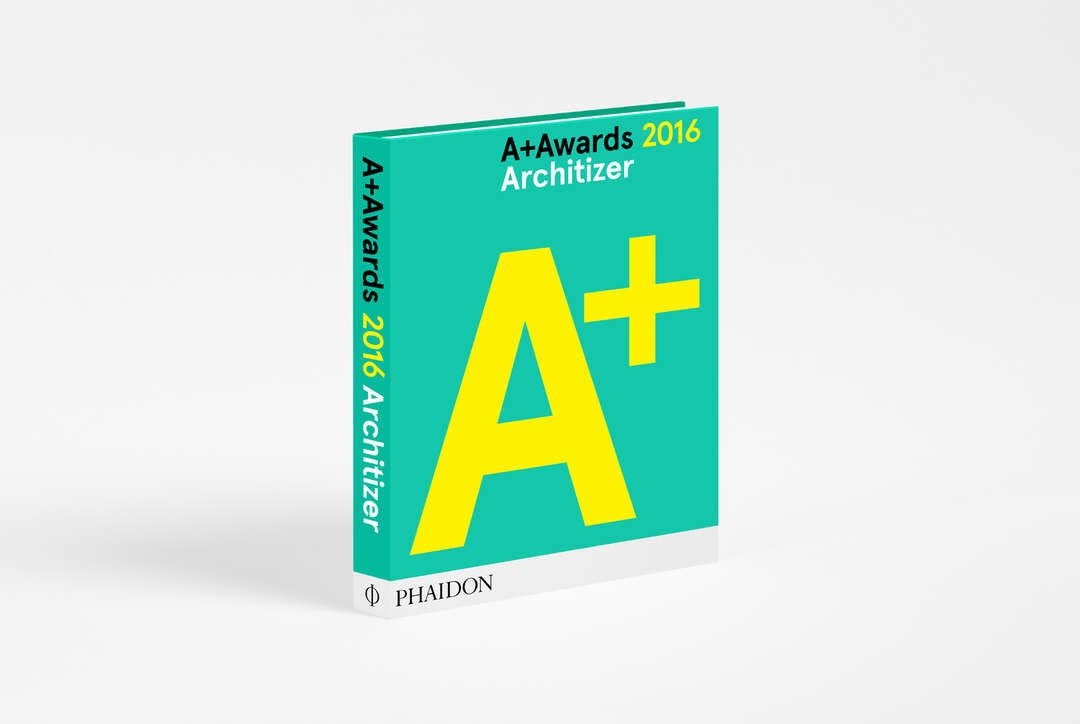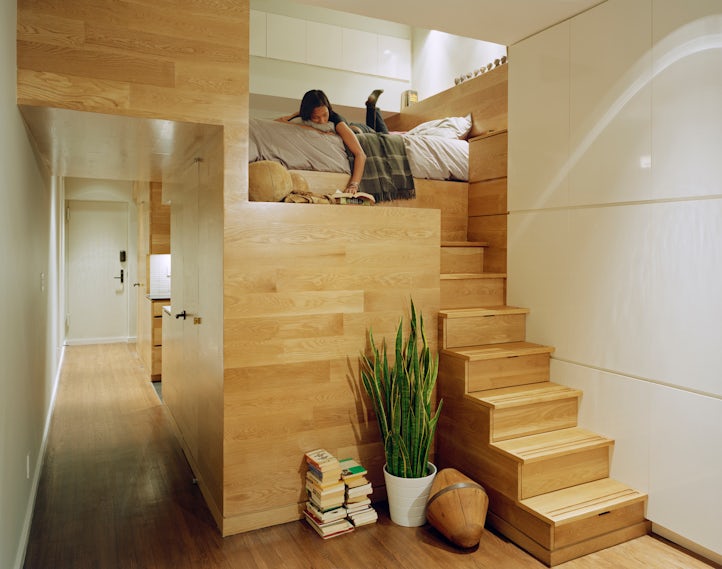While many contemporary architects have shunned traditional brick materials in favor of flashy glass and steel, this ancient and reliable building method can still be put to use in ways that are exciting and innovative. Brick has been used for thousands of years in constructing a number of different building typologies, but this material finds new life in the hands of architects who can draw out the expressive potential in its unassuming characteristics.
Check out a few of this year’s A+Awards Finalists that have used brick to dazzling effect and and be sure to pick up a copy of the 2016 A+Awards book presenting all the sensational winners from this year’s awards.

© Parham Taghioff

© Parham Taghioff
TERMEH Office – Retail Buildingby Ahmad Bathaei and Farshad Mehdizadeh, Hamadan, Iran
Category: Office – Low Rise (1–4 floors)
This office and retail building in Iran divided its two levels by placing the retail component on the ground level and office space on the upper. The traditional brick façade appears to be falling out from the ceiling slab of the ground level, and in fact tumbles out to become the functional entrance to the office space.

© marcelo villada ortiz

© marcelo villada ortiz
Residenza Le Stelleby Buzzi studio di architectura, Locarno, Switzerland
Category: Multunit Housing – Mid Rise (5–15 floors)
Three buildings of perforated brick form the complex of this multiunit dwelling, creating open plazas and enclosed courtyards. The brick façade is in fact composed of parametrically designed modular brick systems that slope in and outwards.

© Ed White Photographics

© Ed White Photographics
Ronald McDonald House BC & Yukon by Michael Green Architecture, Vancouver, Canada
Category: Multiunit Housing – Low Rise (1–4 floors)
This Ronald McDonald House for sick children and their families is composed of four individual homes stitched around an interior courtyard. The disjointed volumes of the brick shapes that recall gables and dormers imbue a sense of familiarity to the building.

© Edmund Sumner

© Edmund Sumner
Hindmans Yardby Foster Lomas, London, United Kingdom
Category: Multiunit Housing – Low Rise (1–4 floors)
This London complex of four homes features gray brick clad buildings that contrast the red brick retaining walls of the surrounding Victorian gardens. The toothed brick pattern extends into the perforated metal detailing.

© James Morris

© James Morris
Flint Houseby Skene Catling de la Peña, Buckinghamshire, England
Category: Private House (XL > 5000 sq ft)
Set on a large estate in Buckinghamshire, England, this two-volume home and studio space is composed of rough-hewn stone “bricks” of flint. The volumes appear to be protruding from the landscape, and the stepped roofline of the structure transforms the building into a viewing platform for the surrounding area.

© Jaklitsch / Gardner Architects

© Jaklitsch / Gardner Architects
Mizengo Pinda Asali & Nyuki Sanctuary – Beekeeping & Education Center by Jaklitsch / Gardner Architects, Dodoma, Tanzania
Category: Unbuilt Cultural
This bee sanctuary and education center in Tanzania would provide skills training for honey extraction and trading. The traditional brick building would be organized cellular-like and might provide economic development for the region.
Want to own the year’s best architecture? Order your copy of the 2016 A+Awards Book today, presented by Phaidon.





